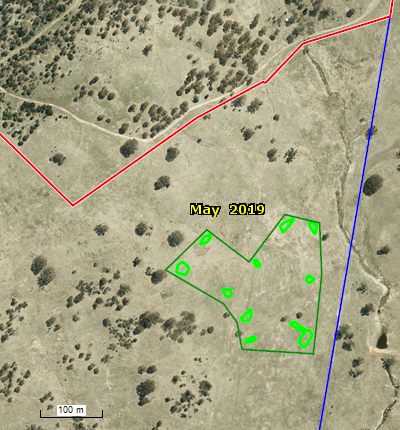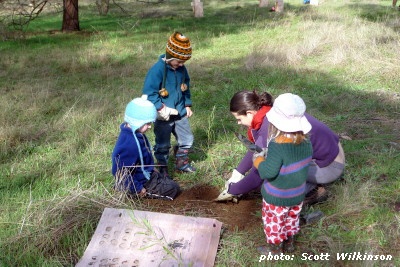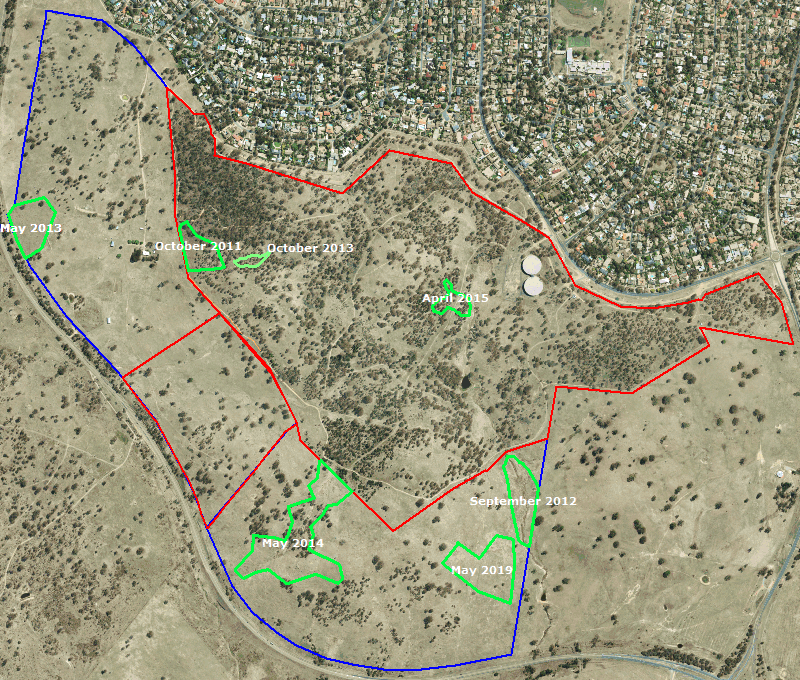Background
The current level of vegetation in the Pinnacle Nature Reserve owes much to the enthusiastic work of the "Pinnacle Environment Group", a forerunner of Friends of the Pinnacle. In the 1990s this group carried out a series of tree plantings across the Reserve that arguably transformed it from a cleared grazing property to the attractive Reserve that it is today.
Nevertheless, there are still areas of the Reserve that could benefit from further revegetation.
Early in 2011, a group of fotpin members, frustrated by incessant weeding, started looking at how we could constructively improve
the existing vegetation in the Pinnacle Nature Reserve.
Consultations with experts in the area of revegetation and native plant propagation persuaded us to scale back our initial grandiose plans and focus on targeted strategies aimed at increasing the complexity and diversity of the existing vegetation. This applies particularly to areas that were planted in the 90s, when the focus was on simply getting as many trees and shrubs into the ground as could be managed in the available time.
While the massive plantings of the early 90s have produced a reserve with generally good woodland connectivity throughout, the plantings themselves frequently lack an understorey or mid-storey, reducing their value as ecosystems and leaving them vulnerable to weed infestations. We concluded that our energies and resources could best be utilised by focusing on what was missing from the existing woodland and filling the empty niches in the ecosystems, rather than trying to create new tracts of woodland from scratch.
In 2014 fotpin began working in collaboration with the ACT Government's Parks & Conservation Service and Greening Australia, on a briar rose replacement program (or BRRP as we like to call it) in the Pinnacle Nature Reserve and the adjacent unleased land. The program aimed to replace the many hundreds of medium sized sweet briar rose plants and other woody weeds that we have removed and/or sprayed since our weed control program began.
Woody weeds provide important shelter and habitat for small birds and other creatures, their root systems assist in preventing erosion, and they provide important connectivity for the movement of local birds and animals, so it is important that we find effective substitutes when we remove them. To this end, we've conducted a series of planting events over recent years, re-introducing native shrubs and groundcover plants in carefully selected locations that will enhance connectivity and diversity.
More recently we have embarked on a project to test methods for restoring native ground cover to the Reserve.







